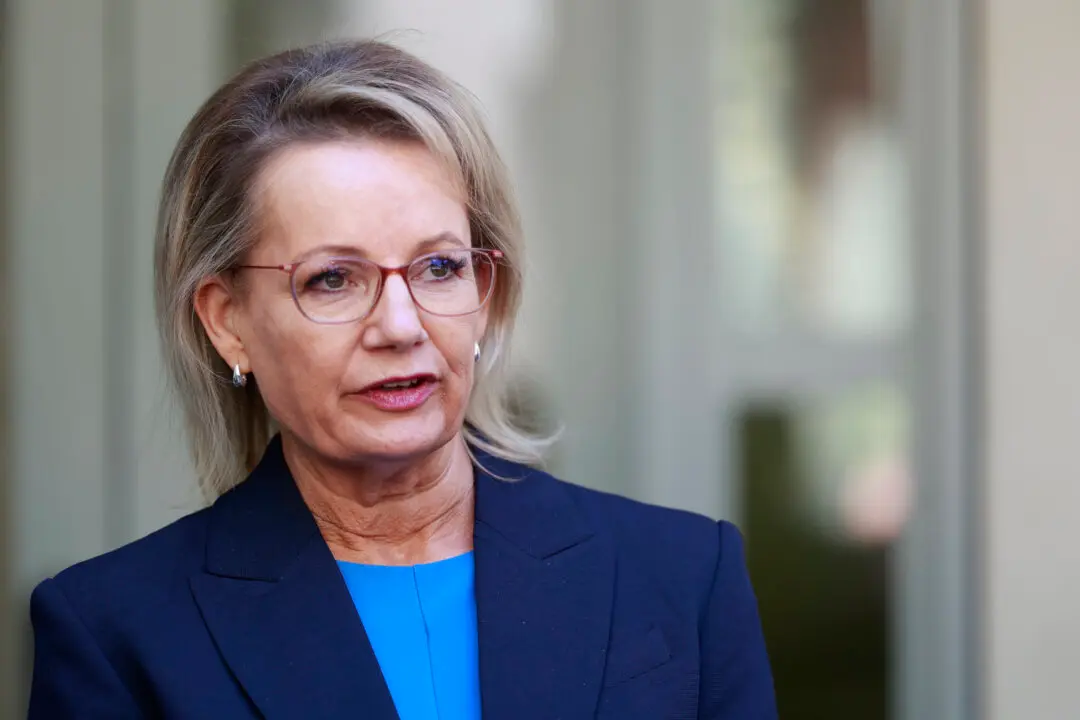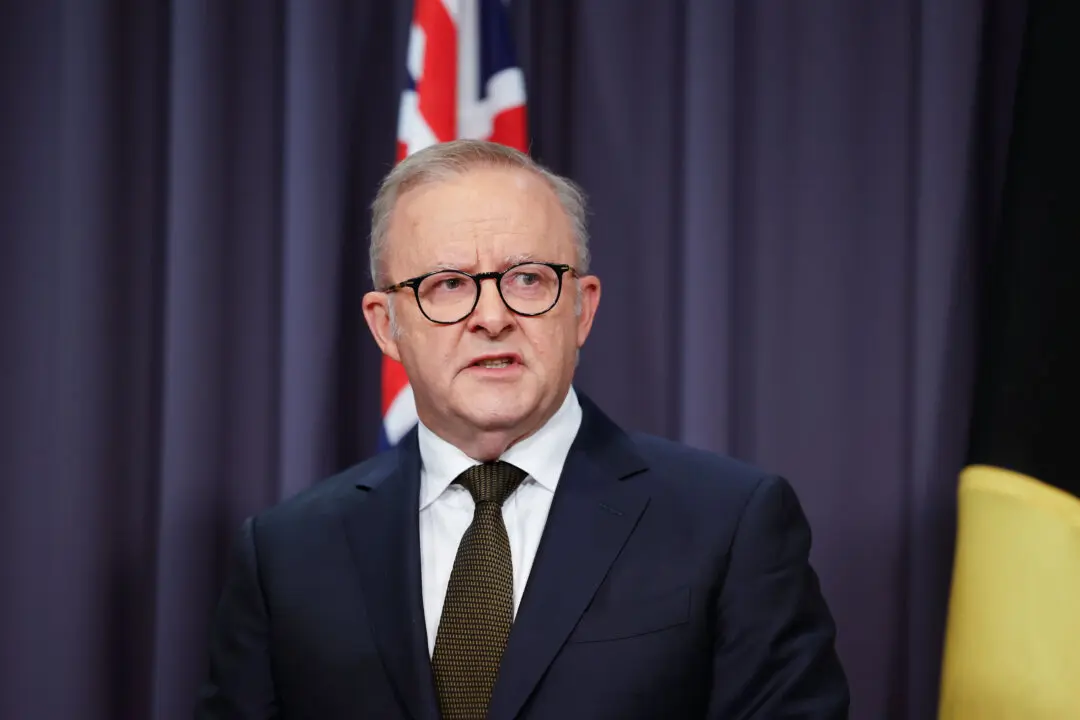The impact of the United States Federal Reserve’s decision to cut interest rates reverberated in the Senate, with the opposition pressing for an explanation from the government for its approach to inflation.
Liberal Party Senator Jane Hume asked Finance Minister Katy Gallagher to explain why Australia had not acted to effectively manage inflation, which has caused interest rates to remain at elevated levels.





